A U.S. Navy F/A-18F Super Hornet and an MH-60R Sea Hawk helicopter assigned to the aircraft carrier USS Nimitz (CVN-68) crashed in separate incidents in the South China Sea on October 26, the U.S. Pacific Fleet said.
All five crew members were rescued safely and are reported to be in stable condition.
According to the statement, the first incident occurred at approximately 2:45 p.m. local time when an MH-60R Sea Hawk from the “Battle Cats” of Helicopter Maritime Strike Squadron (HSM) 73 went down during routine operations. “Search and rescue assets assigned to Carrier Strike Group 11 safely recovered all three crew members,” the fleet said. The helicopter had been operating from Nimitz at the time.
Roughly 30 minutes later, at 3:15 p.m., an F/A-18F Super Hornet from the “Fighting Redcocks” of Strike Fighter Squadron (VFA) 22 also crashed in the South China Sea while conducting flight operations from the carrier. “Both crew members successfully ejected and were also safely recovered by search and rescue assets assigned to Carrier Strike Group 11,” the statement continued.
The Navy said all personnel involved are safe and in stable condition. “The cause of both incidents is currently under investigation,” the Pacific Fleet said, adding that recovery and safety teams from the carrier group responded immediately after each crash.
USS Nimitz, one of the Navy’s oldest operational carriers, is currently deployed in the Indo-Pacific region as part of Carrier Strike Group 11. The group had entered the South China Sea on October 17 after spending much of the year operating in the Middle East and western Pacific.
The incidents occurred during what the Navy described as “routine operations” in international waters. No additional damage or injuries were reported, and U.S. Pacific Fleet said further information will be released as the investigation continues.
The USS Nimitz
The USS Nimitz (CVN-68) is a nuclear-powered aircraft carrier and the lead ship of the Nimitz-class, commissioned into the United States Navy in 1975. It displaces approximately 100,000 tonnes fully loaded and measures 1,092 feet (333 metres) in length with a beam of 252 feet (76.8 metres) at the flight deck.
The ship is powered by two Westinghouse A4W nuclear reactors driving four shafts, producing a maximum speed of over 30 knots. Its crew complement, including ship’s company and air wing personnel, typically exceeds 5,000. The Nimitz is equipped with defensive systems such as the RIM-7 Sea Sparrow, RIM-116 Rolling Airframe Missile launchers, and Phalanx CIWS mounts for close-in defence.
The F/A-18F Super Hornet is a twin-seat, carrier-capable multirole fighter aircraft developed by Boeing for the U.S. Navy. It is an enlarged and modernised derivative of the earlier F/A-18 Hornet. The F/A-18F measures 60.3 feet (18.5 metres) in length with a wingspan of 44.9 feet (13.7 metres) and has an empty weight of around 32,000 pounds (14,500 kilograms).
Powered by two General Electric F414-GE-400 turbofan engines generating up to 44,000 pounds of thrust combined, the aircraft achieves speeds of Mach 1.8 and a combat radius of approximately 390 nautical miles. It can carry a variety of air-to-air and air-to-ground ordnance, including AIM-9, AIM-120, AGM-65, AGM-88, and guided bombs.
The MH-60R Seahawk is a shipborne, multi-mission helicopter developed by Sikorsky Aircraft as part of the U.S. Navy’s helicopter upgrade programme. It is designed for anti-submarine warfare (ASW), anti-surface warfare (ASuW), and maritime surveillance. The MH-60R is powered by two General Electric T700-GE-401C turboshaft engines, each producing 1,900 shaft horsepower.
The aircraft has a maximum speed of 180 knots, a range of approximately 245 nautical miles, and a service ceiling of 12,000 feet. Its sensor suite includes the AN/AQS-22 airborne low-frequency sonar, AN/APS-153 multi-mode radar, and AN/ALQ-210 electronic support measures system.


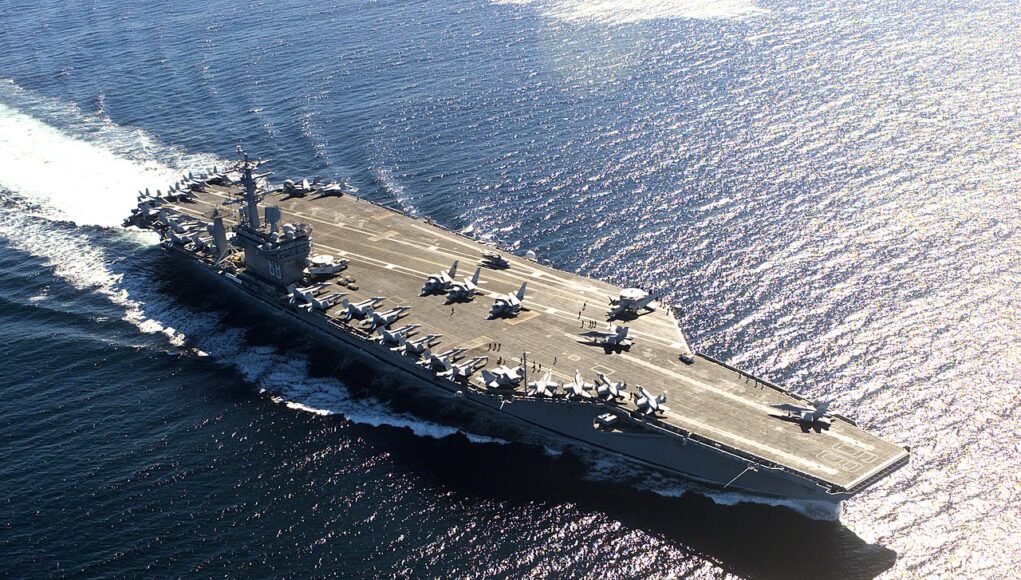
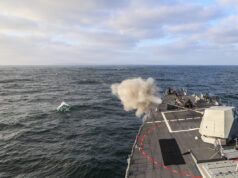
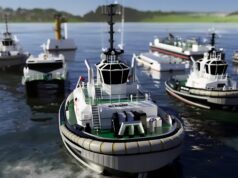
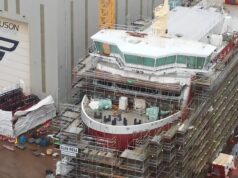
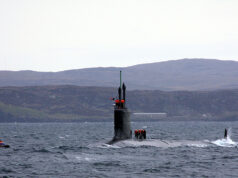
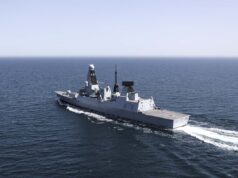

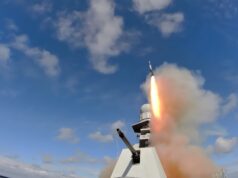
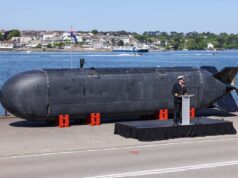
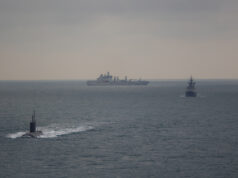
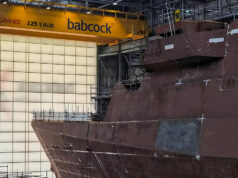

Bad day at the office again.
(Hopefully this article is correct and it’s OK to comment about without being insulted and called names !)
“Phasers on stun”
Cue the posters who called the RN ‘crap’ for losing one aircraft! Just goes to show operating Aircraft carriers is a hazardous business.
Good to see no casualties among the crews of the planes!
Personally I never saw anyone call the RN “Crap” but I did see various comments about the events that lead to the crash, all pretty fair really when you consider the circumstanes. It’s a fair bet lessons were learned from it either way.
“Remove Bung before take off”.
Agree, if this was the Royal Navy we would have a swarm of commentators, talking heads and Russian bots telling us how s**t the UK is at everything and how we need to scrap the carriers.
Where did you see all those comments/comentators Jim ? I’ll make sure not to bother with those sites.
More common on generic ‘news’ sites like the Daily Mail than on here.
Two separate incidents in such quick succession near to China…my suspicious mind starts to think electronic interference?! I’m probably way out, glad the crew are okay.
Deliberately Downing US manned aircraft would constitute an act of aggresion that would not go unpunished.
But you’ve got a President who’ll only pick a fight with somone who can’t fight back.
Electronic warfare? T45 threatened to burn out Russian avionics when swamped by 17(?) Commie aircraft in the Black Sea – directed energy has serious potential.
Hopefully, this is not the case because if it is, it is a serious escalation, and the thought of a RB recon bird being taken down is to serious to imagine and probably means China feels capable of taking on Taiwan and, if the USN airforce can be fried from the air then Taiwan is toast.
Maybe you’re getting a little carried away ?
To take down two aircraft if proven would be an act of war so a bit risky isn’t it? If frying aircraft electronics can be done by the Chinese there is nothing to say Taiwan won’t have the same capability is there?
Drownings, 30 mins apart. If electronic warfare or other type warfare the yanks knew what they were facing before 2nd went down. article says mid afternoon regular exercises.
Downings
No argument here mate👍I was just replying to dimwit😀
just thinking out aloud we’re good
Surely the place to start thinking about what happened here is on the carrier? We obviously don’t know what happened and it could be two unfortunate pilot errors – in which case are the pilots overstretched?
If its mechanical – what are the points where the two aircraft may have shared something? I’d imagine completely different ground crew for them, but what about fuel etc? And what might that mean for all flight ops?
The carrier crew will be all over that analysis I’d assume and it may be a long while (if ever) before we hear what happened
Ah but lets not let a good conspiricy theory chance, go to waste !!!!
They both shared the South China sea.
The US Navy has two aircraft separately crash at sea inside an hour operating from an aircraft carrier.
Where are the hordes of commentators bemoaning the lack of training/investment /maintenance/professionalism in the US Navy, that the Royal Navy attracted for having one aircraft crash at sea?
Some people are determined to attack the UK whatever it does.
Others are being paid to do so.
Word on the street..
Contaminated fuel
I knew the Nimitz was an ‘old’ ship, but 50 years old… wow that’s mental. Personally, I’ve always believed that HMG scrap or flog off ships way too early. After finding out a little more about the USS Nimitz, I stand by my original belief.
carriers are built to a higher spec and last longer. QEC is scheduled to be in service 50 years. frigates sold off early is usually due to RN escorts downsizing due to budget cuts. T23 now beyond their planned for service life so to get to 30 yrs+ is quite an achievement
Glad everybody was rescued…. Main priority to secure and then recover the two airframes…. You can probably say with near 100% certainty that it will be a race between the US and China to get to and recover the wreckage…
Recently in the Red Sea Truman had its problems
December 2024: A missile cruiser, the USS Gettysburg, mistakenly shot down a Super Hornet from the Truman in a friendly-fire incident. Both pilots ejected safely and were recovered.
April 2025: A Super Hornet and a tow tractor fell overboard into the Red Sea. The accident occurred while the jet was being moved in the hangar bay and the ship was reportedly taking evasive action against Houthi threats. A sailor sustained minor injuries, but no one was seriously hurt.
May 2025: During a landing attempt on the Truman, a Super Hornet’s arresting cable failed, causing the jet to go overboard. The two pilots ejected and were rescued.